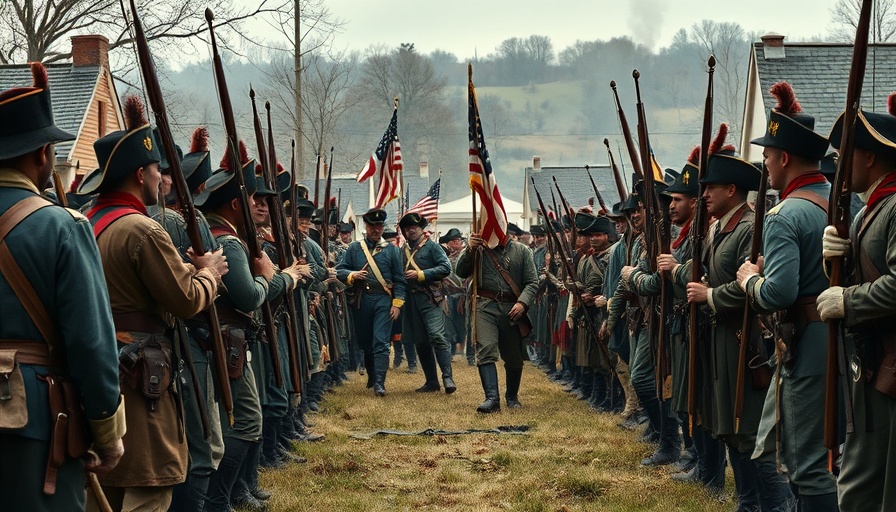
SEO Keyword: The Shot Heard Round the World
The events of April 19, 1775, marked a pivotal moment in American history, often referred to as "The Shot Heard Round the World." This phrase encapsulates the ignition of the American Revolution, a confrontation that signaled the beginning of the struggle for independence from British rule. On that day, tensions had reached a boiling point, catalyzed by a series of events that had been building up for years in the colonies.
In 'Lexington & Concord | The Shot Heard Round the World,' the discussion dives into significant events that shaped the American Revolution, exploring key insights that prompted us to analyze this momentous occasion further.
The Backstory: Tensions in Massachusetts
In the years leading up to the revolution, Boston was a hub of dissent against British policies. Unlike some other colonies that relied heavily on the crown for governance, Massachusetts had a remarkably autonomous charter that enabled its residents to manage their own affairs. This autonomy, however, was threatened by increasing British involvement, particularly after events like the Boston Tea Party and the Boston Massacre. The residents of Boston felt the weight of oppression, which created a volatile atmosphere ripe for conflict.
The Catalyst: Events of April 19th
The morning of April 19th dawned with tension hanging thick in the air. British troops, under the command of Lieutenant Colonel Francis Smith, were dispatched to Concord with orders to seize military supplies reportedly stockpiled by colonial militias. As the British approached Lexington on their way to Concord, they stumbled upon colonial militia commanded by Captain John Parker. Parker's men had gathered to defend their homes and families without intention of engaging in battle, yet the simmering situation escalated dramatically.
The First Shots: The Clash at Lexington
As British forces confronted Parker's militia, a chaotic exchange ensued. Though not initially intended, shots were fired, resulting in the death of several American militiamen. This confrontation at Lexington, while small in scale, was significant as it marked the first instance where armed resistance against British soldiers occurred. This escalated the conflict and rallied more colonial support throughout the thirteen colonies, igniting a firestorm of rebellion.
From Lexington to Concord: A Wider Response
Following the skirmish at Lexington, the British continued their march toward Concord, where they hoped to secure additional military supplies. However, the word of the confrontation spread quickly, thanks in large part to a network of riders who warned nearby towns and militias. By the time British forces reached Concord, much of the supplies had already been relocated. The situation turned into a confrontation at the North Bridge, where the Americans formally fired back, thereby solidifying their resistance and marking it as the second significant battle of the day.
A Symbol of Resistance: The Shot Heard Round the World
The term "The Shot Heard Round the World" embodies this crucial moment in history. The subsequent uprising fueled the spirit of American independence and mobilized colonial forces across the continent. The battle lines had been drawn, and the events of April 19th set into motion the birth of a new nation, altering the course of history forever.
Legacy: Remembering the Heroes
Today, visitors can still walk the grounds of the historic confrontations that took place in Lexington and Concord. Memorials and parks are dedicated to the heroes of that day, reminding us of the sacrifices made in the pursuit of freedom. The legacy of those early patriots continues to inspire movements for liberty and justice around the globe, as the foundational principles of democracy born from those battles resonate through time.
 Add Row
Add Row  Add
Add 




Write A Comment